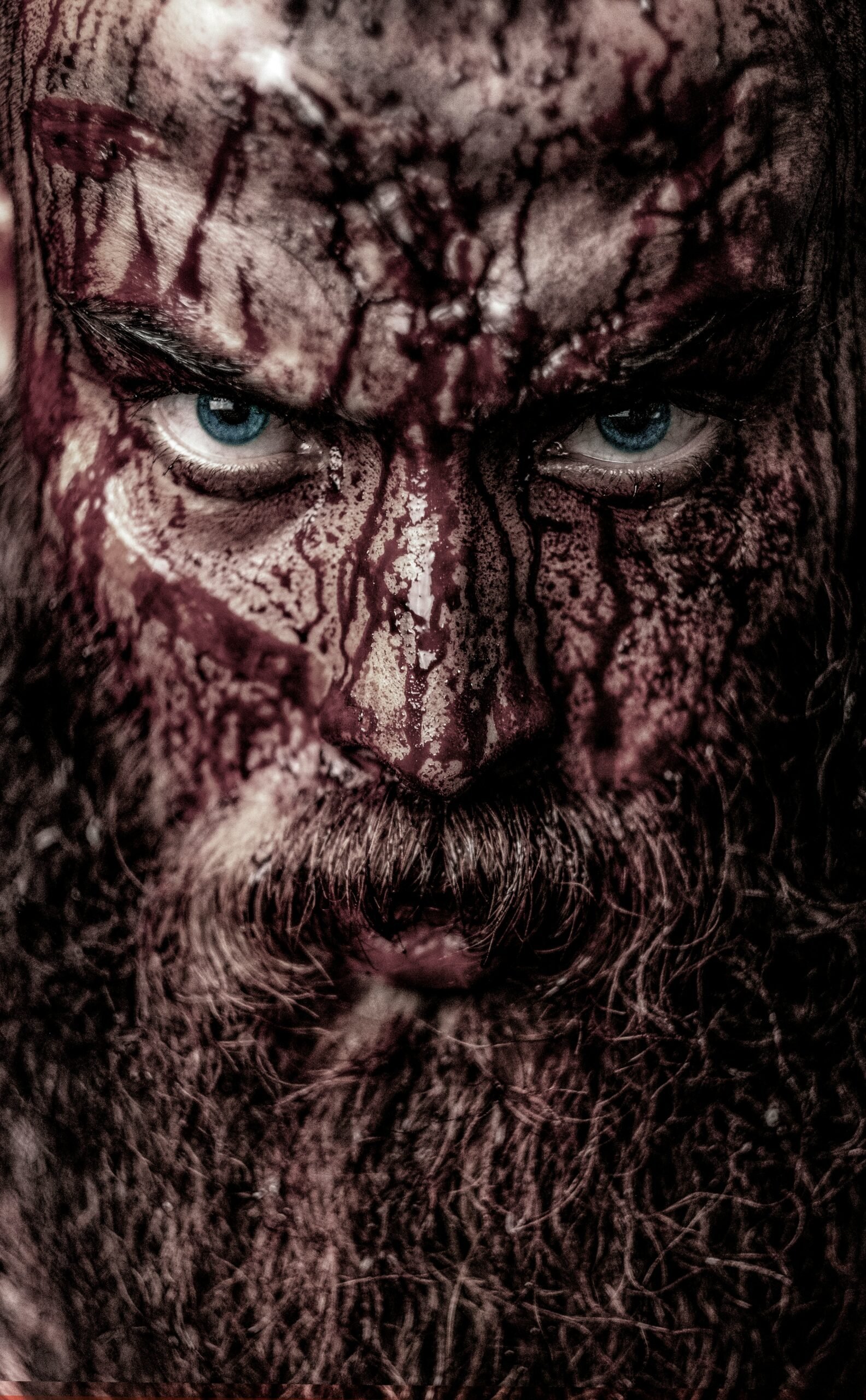Valhalla: What It Really Is and How Its Meaning Has Been Twisted
Valhalla is one of the most iconic concepts in Norse mythology. Often romanticized as a glorious afterlife for fallen warriors, it has become a symbol of strength, sacrifice, and eternal battle. But in recent years, Valhalla has been stripped of its mythological depth and repurposed, sometimes crudely, by pop culture, extremist groups, and political rhetoric.
This article explores what Valhalla truly represents, who was believed to enter it, and how its symbolism has been distorted far beyond its original meaning.
What Is Valhalla in Norse Mythology?
Valhalla (Valhöll, “hall of the slain”) is a majestic hall located in Asgard, the realm of the gods. It is ruled by Odin, and serves as the afterlife destination for a specific group of souls: those who die honorably in battle.
Inside Valhalla:
- Warriors known as einherjar train daily for the final cosmic battle, Ragnarök.
- They fight each other by day and feast by night, resurrected anew each morning.
- They dine on the magical boar Sæhrímnir and drink mead from the goat Heiðrún.
- The hall has 540 doors, through which 800 warriors can march side by side when the end times arrive.
Valhalla is not a paradise, it’s a preparation ground for war, reserved for the elite few chosen by Odin.
Who Gets Into Valhalla?
Entry is highly selective and symbolic:
- Chosen by Valkyries: Divine female figures who select the worthiest warriors from the battlefield.
- Must die in combat: Peaceful deaths, illness, or accidents do not qualify.
- Must serve Odin’s purpose: Even among the fallen, only those deemed useful to Odin are admitted.
Other destinations include:
- Fólkvangr, ruled by Freyja, who also receives slain warriors.
- Hel, the realm of the dead for those who die of old age or illness.
- Rán’s realm, for those who drown at sea.
Valhalla is not a general warrior heaven, it’s a mythic elite space, deeply tied to Norse cosmology and fate.
What Is the Rainbow Bridge?
The path to Valhalla is often associated with Bifröst, the shimmering rainbow bridge:
- Connects Midgard (Earth) to Asgard, the realm of the gods.
- Guarded by Heimdall, the ever-watchful god.
- Described as burning and trembling, not peaceful, it’s a volatile, sacred passage.
- Destroyed during Ragnarök, symbolizing the collapse of divine order.
Bifröst is not a literal road to Valhalla for humans, it’s a cosmic connector used by gods and select souls. Its rainbow imagery has been romanticized, but in myth, it’s fiery, unstable, and sacred.
How Valhalla Is Misused Today
Valhalla has been ripped from its mythological context and turned into a catch-all symbol for:
1. Pop Culture Glorification
- Video games, movies, and metal music depict Valhalla as a generic warrior afterlife.
- The nuance of Norse cosmology is lost, replaced by endless fighting and drinking.
- Example: Assassin’s Creed: Valhalla uses the name but barely engages with the actual myth.
2. Extremist Appropriation
- Far-right and white supremacist groups have shamelessly co-opted Valhalla as a symbol of racial purity, martyrdom, and violent heroism. They plaster it across manifestos, tattoos, and online propaganda, twisting it into a mythic reward for committing atrocities.
- Phrases like “See you in Valhalla” glorify violence or political extremism.
- These uses distort Norse mythology and alienate actual Heathen communities.
3. Political Rhetoric
- Public figures invoke Valhalla to romanticize death or conflict.
- This trivializes its sacred meaning and turns it into a tool for provocation.
4. Commercial Exploitation
- Clothing brands, tattoos, and merchandise use Valhalla as a macho slogan.
- Often paired with skulls, axes, or Viking imagery, divorced from its spiritual context.
Why Twisting Myths Like Valhalla Can Be Dangerous?
- Erases cultural heritage: Norse mythology is rich, complex, and sacred to many.
- Spreads misinformation: People believe Valhalla is a universal heaven for anyone “tough.”
- Empowers harmful ideologies: Extremist groups use myth to legitimize violence.
- Disrespects modern Heathens: Many contemporary pagans and Norse practitioners feel their beliefs are being hijacked.
How Can We Reclaim the Meaning of Valhalla?
Valhalla is not a generic afterlife. It’s a symbolic space of honor, fate, and divine selection, deeply embedded in Norse cosmology. Its misuse reflects a broader pattern: stripping sacred traditions of meaning for shock, branding, or ideology.
To reclaim Valhalla:
- Learn its true origins through Norse texts like the Poetic Edda and Prose Edda.
- Call out symbolic hijacking, especially by hate groups.
- Respect modern Heathens, who work to preserve and practice Norse spirituality with integrity.
Understanding Valhalla means respecting its roots and refusing to let it be weaponized or trivialized
Photo by shahin khalaji on Unsplash

